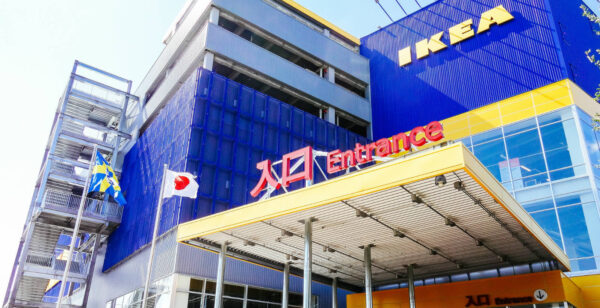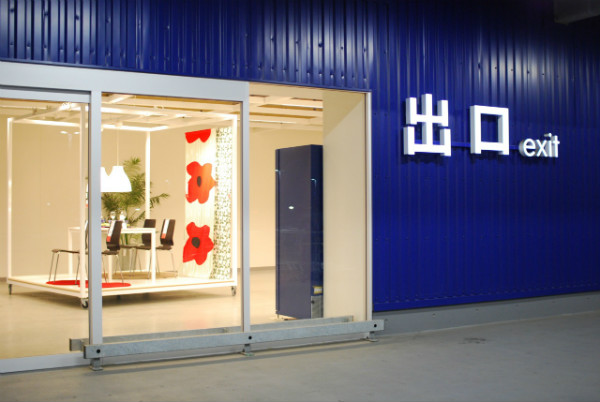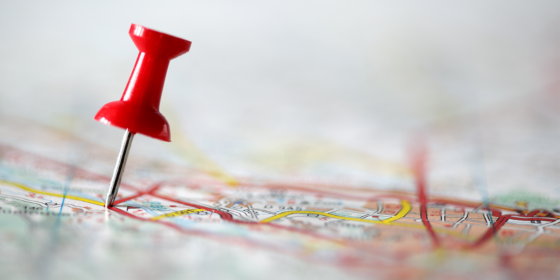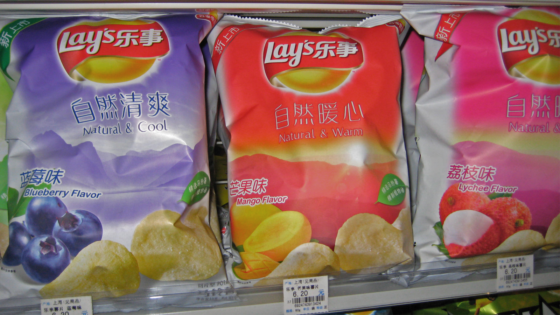
What in the world did we do for inexpensive, “high”-design, build-it-yourself furniture before IKEA?
Before 1985, when IKEA opened their first store in the States, dorm rooms everywhere were littered with “bookshelves” made out of planks of wood and concrete blocks. Now, instead of going to the lumber yard, millions head to IKEA to for flat-packed everything — kitchen cabinets, desks, sheet sets, lamps, glasses, decorations, and yes, even pet beds.
IKEA is in nearly 40 countries; they are the true masters of product naming, multilingual packaging, and labeling and pictorial instructions.
Product names
Need a toilet roll holder? Why not the MOLGER ($2.99 in wood) or the GRUNDTAL ($4.99 in stainless steel)? Sometimes, a name (and note they are always one word) will also be a series – so the MOLGER series also includes a plethora of other items for the bathroom such as a step stool, soap dish, shelving unit, or a mirrored hook rack.
In IKEA people may be tongue-twisted or even giggling due to a name. However, there is a very precise logic to every single one of the over 12,000 products they produce. When you walk into IKEA, you walk into, well, Sweden — and get a very quick Swedish language and geography lesson.
Each piece of furniture is placed into a category, and each category has a designated section of the language or geography assigned to it.
For example:
- Children’s items: Mammals, birds, adjectives
- Bookcase ranges: Occupations
- Garden furniture: Swedish islands
- Chairs, desks: Men’s names
The Swedes, being cordial neighbors, also include Norwegian, Danish, and Finnish place names in their naming conventions. So, not only may your Swedish boyfriend be named Fredrik, but your IKEA desk may be named that as well.
Multilingual packaging and labeling
IKEA has to translate their packaging and labeling into nearly 30 languages. Half of Sweden must be helping with this task! Yet, IKEA does it with ease. For North America, items are routinely in English, French, and Spanish.
If the product’s packaging has the space and is sold farther afield, IKEA may include even more languages. Clothing and linen labels are a veritable listing of the United Nations.
Space, manufacturing restraints, and laws often dictate how many languages you have on a label. To save precious space, IKEA and many other manufacturers often use ISO symbols. These are very common in Europe and are becoming more common in North America. So, now you not only speak a little Swedish thanks to IKEA, you also speak a little “ISO symbol” as well.
Pictorial instructions
Okay, you bought your flat box at IKEA and now you have to assemble it. A little like Legos, but perhaps not as fun. Make sure not to throw out the instructions, really, as these will help you, even if you don’t speak Swedish, or English, or Spanish or Croatian. In fact, with IKEA instructions, it’s rare to find any language on them at all. It’s all pictures. The pictorial instructions are the most “universal” that you are likely to find for any retailer in the world.
This saves IKEA a ton of money (they need only print one set of instructions for each product; no need for translation either) and logistical headaches. It may also drive you nuts and literally drive you back to the store for help. But hey, where else can you get a stylish desk named after a Swedish man for $99.99?
Thanks for shopping at IKEA and come again soon! Hej då! (“good-bye!” in Swedish)

Photo Credit: Dick Thomas Johnson (featured image), midodisyu (exit)
Insights for global growth

Power your strategic growth
Go beyond tactical localization with tailored, strategic solutions that resonate locally and drive growth globally.
Get started




